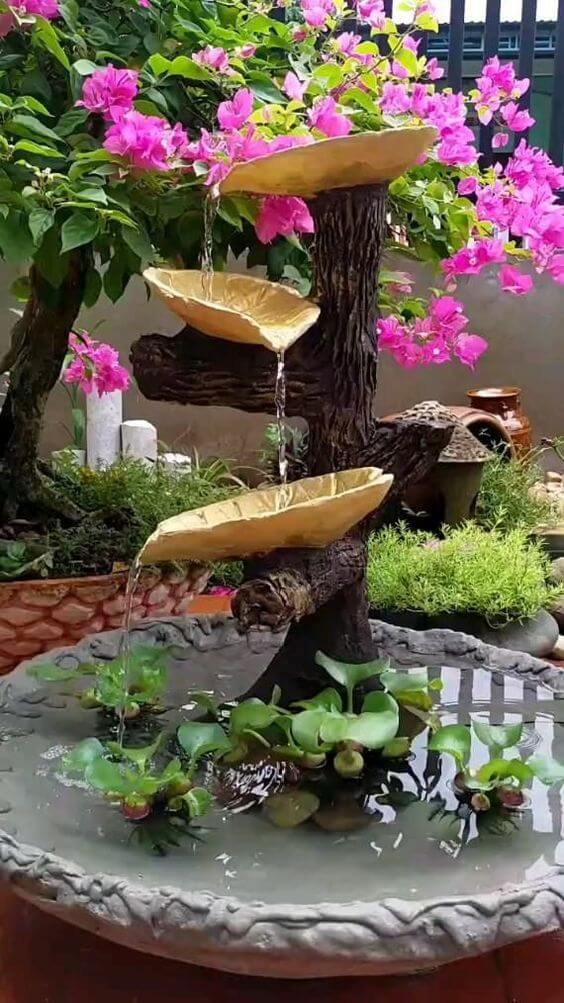
Composting is a cornerstone of sustainable living, allowing us to recycle organic waste into nutrient-rich soil amendments. While traditional composting bins or piles are popular methods, trench composting offers a versatile and effective alternative. This technique involves burying organic waste directly into the soil, mimicking natural decomposition processes. Not only does trench composting enrich soil fertility, but it also reduces landfill waste and supports healthy plant growth. In this guide, we’ll delve into the ins and outs of trench composting, providing you with all the information you need to get started.
Why Choose Trench Composting?
Trench composting presents several advantages over conventional composting methods:
Space Efficiency: Trench composting requires minimal surface space, making it ideal for small gardens or areas with limited room for compost piles.
Nutrient Retention: By burying organic matter underground, nutrients are directly released into the soil, promoting microbial activity and enhancing soil fertility.
Odor Control: The burial of compost materials helps mitigate unpleasant odors that can arise from traditional composting piles.
Weed Suppression: Trench composting can deter weed growth, as the buried organic matter acts as a barrier, preventing weed seeds from germinating.
How to Trench Compost: Step-by-Step Guide
Follow these steps to implement trench composting in your garden or yard:
Choose a Location: Select a suitable spot for trench composting. Opt for an area with well-draining soil and adequate sunlight.
Dig Trenches: Use a shovel to dig trenches approximately 12 to 18 inches deep. The length and width of the trench can vary based on the amount of organic waste you generate and the available space.
Layer Organic Material: Begin by adding a layer of coarse materials such as twigs or small branches to the bottom of the trench. This helps facilitate aeration and drainage.
Add Organic Waste: Collect kitchen scraps, yard waste, and other organic materials for composting. Avoid adding meat, dairy, or oily items, as they can attract pests. Chop or shred large pieces to accelerate decomposition. Layer the organic waste evenly within the trench.
Cover with Soil: Once the trench is filled with organic matter, cover it with a layer of soil. Ensure the organic material is completely buried to prevent odors and discourage pests.
Mark the Location: To avoid accidentally disturbing the trench, mark its location with stakes or garden markers.
Monitor and Maintain: Periodically check the trenches to assess decomposition progress. Depending on environmental conditions and the types of materials used, composting can take several months to a year. Keep the trenches moist but not waterlogged, and turn the soil occasionally to promote microbial activity.
Plant Around Trenches: As the organic matter decomposes, it releases nutrients into the surrounding soil, creating an ideal environment for plant growth. Consider planting vegetables, flowers, or other vegetation near the trench to take advantage of the enriched soil.
Trench composting offers a simple yet effective way to recycle organic waste and improve soil health. By following this complete guide, you can harness the benefits of trench composting in your own backyard or garden. Whether you have limited space or simply prefer a low-maintenance composting method, trench composting is a sustainable solution that yields fruitful results for both you and the environment.


